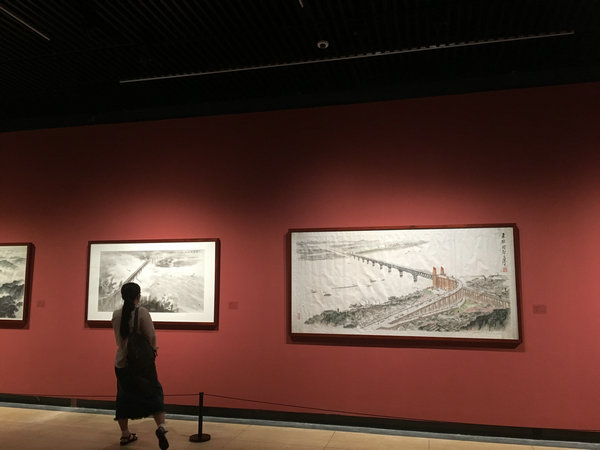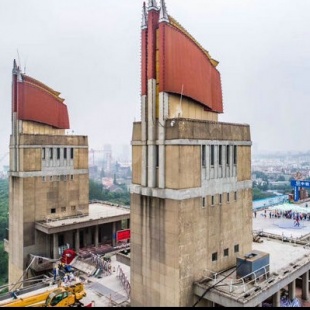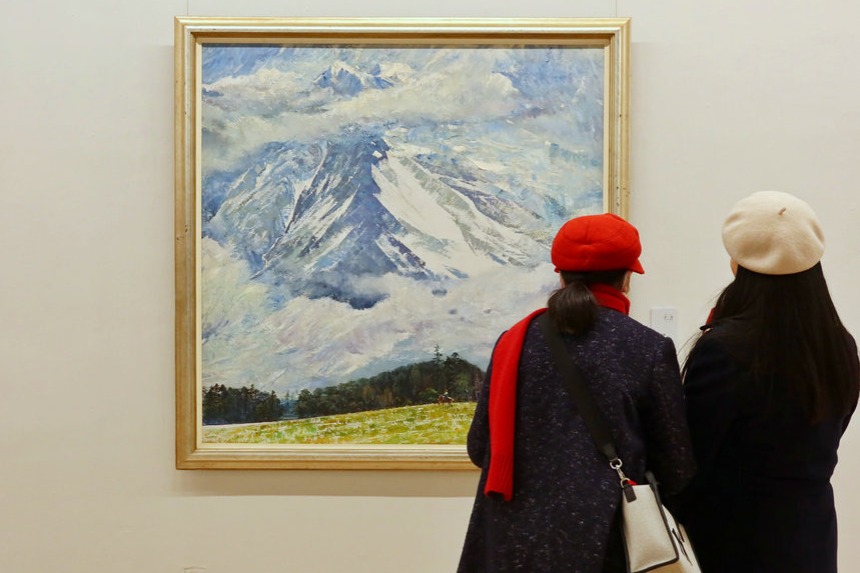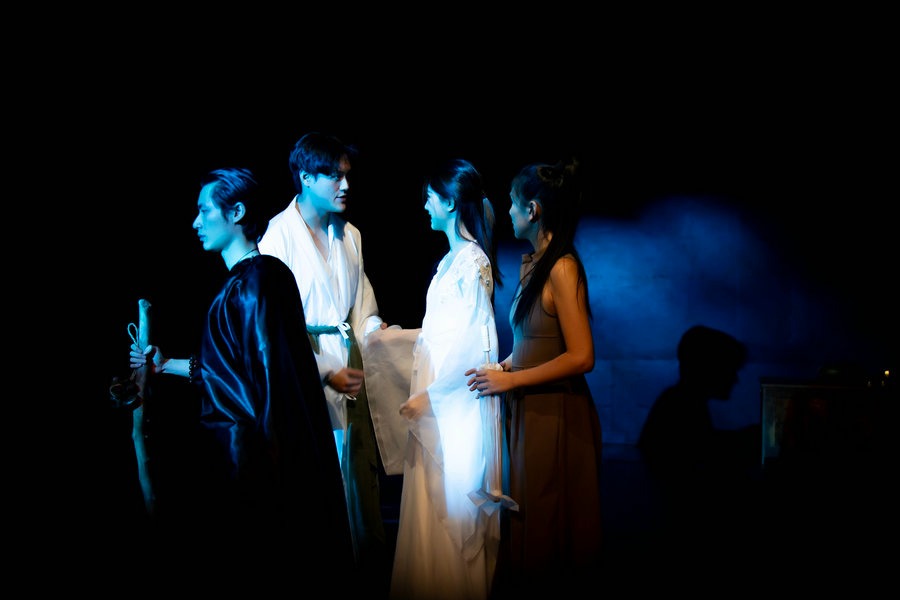The nuts & bolts of memory


"The bridge itself is just one element in a much larger cultural message," Lu says. "The physical materials make up a platform that reflect the memories of many Chinese people."
For the past three years Lu has made it his mission to collect those scattered memories in the Nanjing Yangtze River Bridge Memory Project, and they went on public display in Bridge Memories: Exhibition of Artistic Works and Historical Materials of Nanjing Yangtze River Bridge at Jiangsu Art Museum last month. The exhibition, sponsored by the China National Arts Fund, will run until December before touring to other metropolises along the Yangtze River such as Wuhan and Chongqing - where the first two bridges over the Yangtze were built.
In the exhibition more than 50 fine art works - canvases, ink-and-washes, woodcut prints, and some more genres - depicting the bridge are on display. Most were created in the 1960s and 1970s, numerous fine art works with the bridge as a theme having been done by students and teachers from fine art schools at the time.
The works typically feature their times, some being paintings that are realistic reflections, but many more including scenes such as chimney jungles or lofty mountains by the river bank, which were then also widely used in publicity posters.
"The bridge is a great achievement of modern Chinese engineering and industrialization," Lu says.
"Such fictional scenes show optimism about the country's prosperity and an eagerness to prove how strong the Chinese people are."
In the earliest years, taking pictures of the bridge was all but prohibited, but that did not stop people decorating household items with paintings of it. Hundreds of such pieces on loan from private collections are on display in the exhibition, including purses, candy boxes, book covers, calendars, radios and even high school graduate certificates.
Lu contrasts the bridge with other political landmarks with national significance including the Tian'anmen Rostrum and the Great Hall of the People in Beijing. Representations of the bridge, such as pictures on items of everyday use, were ubiquitous, he says, whereas such representations of the Tian'anmen Rostrum and the Great Hall of the People were restricted.
"So everyone's recognition of it becomes highly personal. When I talk about the bridge the first thing that comes to my mind is not a grandiose national emblem but the stories that people and their families tell."
In 2014 the railway administration asked Lu to be responsible for renovating the park at the southern end of the bridge. Lu, a Nanjing native, was thus inspired to design a series of projects to look for people's emotional connections.





































